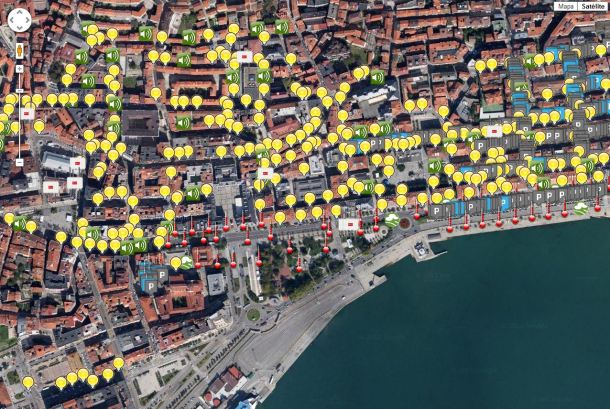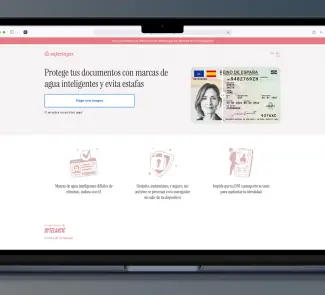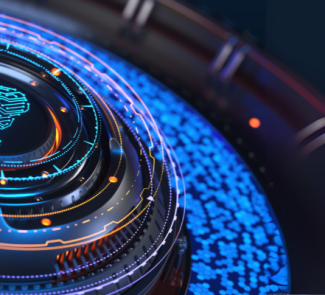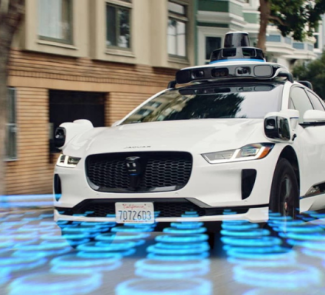In light of the last Smart Cities World Expo (Barcelona) we caught up with Marieta Rivero, Deputy General Director to the Chief Commercial Digital Officer, regarding Telefonica’s vision for Smart Cities:
What is the recipe for success for Smart Cities?
Telefonica believes that people, businesses, companies, and citizens can all “Be More” with technology, and we all know that technology changes quickly. The “digital revolution” is about to reach cities and government as well. In our vision, Smart City services must start with the citizen and reflect the latest trends of how citizens interact with technology. Currently, we have initiatives in Sao Paolo and Aiguas de Sao Pedro in Brazil, Santander, Logroño, Malaga and Barcelona in Spain, London in the UK, and Lo Prado in Chile among others. In Valencia, we are creating the city’s IoT platform that allows collection, processing, and analysis of municipal information as well as implementing a project management office to maintain it. In Sevilla, we are working with the University of Sevilla and other partners to optimize mercantile transport in the Madrid-Sevilla-Canary Islands trade corridor.

Can you tell us about the “real-life” lab in Santander?
The project started in 2010 and there are now over 15.000 sensors in the city. These provide information for several service offerings such as localized parking assistance, air quality monitoring, public lighting, watering of public parks, and others. Thanks to EU funding, Santander has become a reference point for European Smart Cities by implementing a platform that allows for experimentation and research of different technologies, applications, and IoT services.

Also, Santander is home to Telefonica’s Innovation Center for Smart City Services, operated jointly by Telefonica I+D and the University of Cantabria, where citizens can experience such up and coming projects as Inmotica (control of electricity use in buildings) and Dynamic Marketing (tailoring of marketing messages displayed in public areas). The Innovation Center also has an area where local entrepreneurs can access open data and hold meetings and forums.
Are smartphones the “stars” of Smart City services and what is the role of “Cloud”?
A Smart City can have infinite sensors but the smartphones carried by citizens are extremely important in something called “participatory sensing”, which allows citizens to share information collected by their smartphones to improve city services. An example of this is a current project in Zaragoza that is measuring footfall in public areas based on anonymized data from our network, allowing the city to better understand how citizens move around the urban area. In Barcelona, we have also done a preliminary study to understand the movement of tourists in order to help the city optimize services. As for the “Cloud”, sharing infrastructure, which is what Cloud services permit, drastically reduce the costs involved in creating Smart City services and allows more governments to participate. Combined with Telefonica’s support for the EU’s open source initiative (FIWARE) this assures that smaller communities have access to similar resources as large urban centers. Therefore, a key focus for Telefonica’s IoT platform is open systems and scalability, as well as the integration of Big Data in order to provide a holistic view for each city.
This post has originally been published on the Public Policy Telefónica Blog









